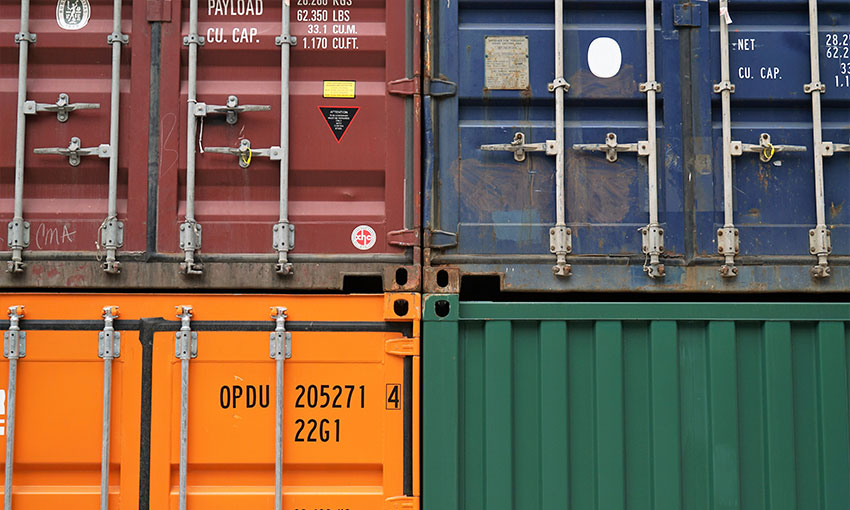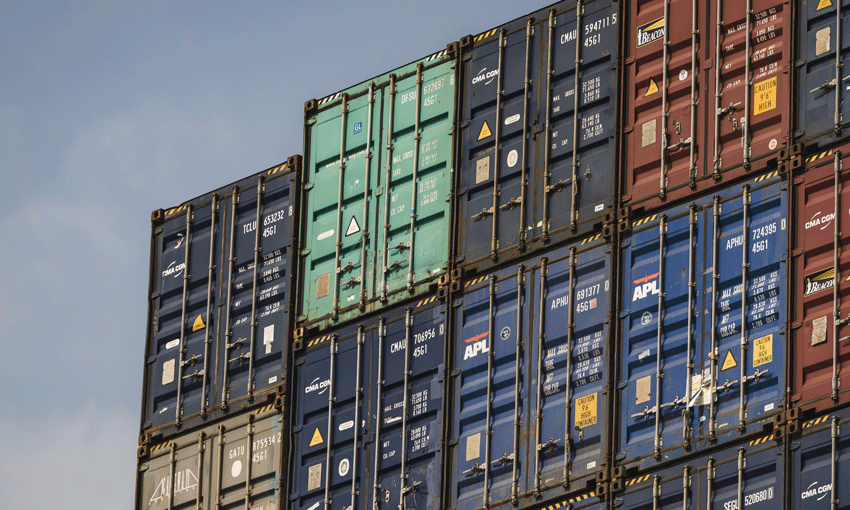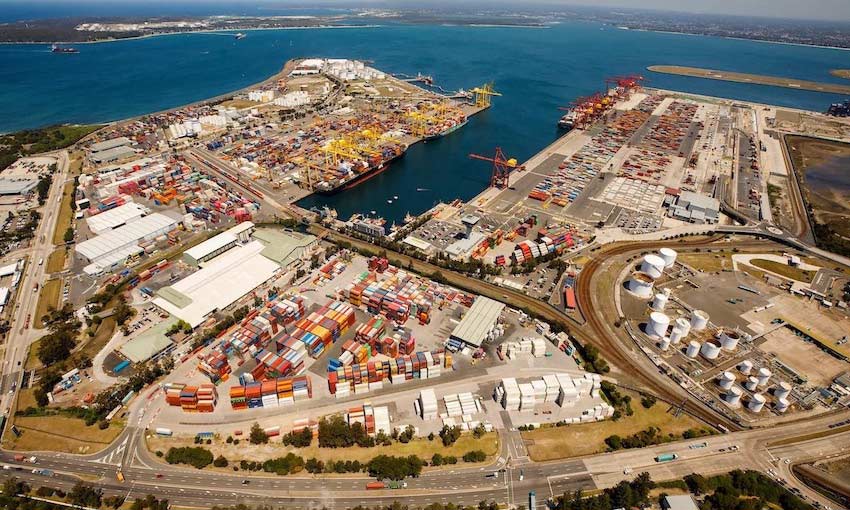THE Victorian government has released a review of the empty container supply chain throughout the state.
The primary purpose of the Strategic Review of the Victorian Empty Container Supply Chain was to provide advice to the Victorian government on how the empty container supply chain should be considered in work to develop the Voluntary Port Performance Model (VPPM).
Container Transport Alliance Australia has welcomed the release of the report.
The report was launched during a CTAA webinar covering empty container management issues in Victoria and associated government policies impacting containerised freight through the Port of Melbourne.
CTAA director Neil Chambers said the efficiency and cost-effectiveness of managing empty containers through the supply chain is a critical component of the overall container trade through the Port of Melbourne.
“Indeed, it is just as critical as the task of handling full import and export containers,” he said.
“CTAA fully supports the publication through the Victorian VPPM of independent performance indicators across the whole container logistics chain. The VPPM has commenced with indicators targeting the stevedore terminal/road transport interface.
“However, we believe it is equally important to extend those indicators to the empty container management chain. This will also be important for rail in the future as it begins to play a greater part in the movement of import & export containers to/from the Port of Melbourne.”
Mr Chambers said the Strategic Review identifies numerous issues that are having an impact on empty container management efficiency and cost effectiveness.
This includes issues related to:
- timely information exchange;
- lack of true “paperless trading” through empty container parks, impacting on truck servicing velocity;
- mis-match of operating hours across the empty supply chain and empty “staging” through transport yards;
- empty container dwell times throughout the supply chain;
- shipping line empty container evacuation rates through the Port of Melbourne;
- shipping line and empty container park (re)directions on de-hire locations;
- transport operational behaviours related to notification slot bookings and truck arrival patterns; and
- suitable export container equipment availability.
Mr Chambers said CTAA would work with the Victorian Department of Transport over the coming months to establish appropriate mechanisms to encourage cooperative engagement and actions across all of the stakeholders who influence the empty container supply chain in Victoria.
“As has been ongoing in NSW through established consultative processes on empty container issues through Port Botany, CTAA would like to see the Victorian government facilitate a Melbourne Empty Container Working Group comprising representatives from transport operators, empty container parks, forwarders & shippers, shipping lines, container terminals, technology providers, and the private port company Port of Melbourne Operations,” he said.
“We can only address the issues through collaborative dialogue and actions. All stakeholders in the container logistics chain need to appreciate each other’s viewpoints and priorities, but also consider what’s best overall for the viability and efficiency of the empty container management chain into the future.”





